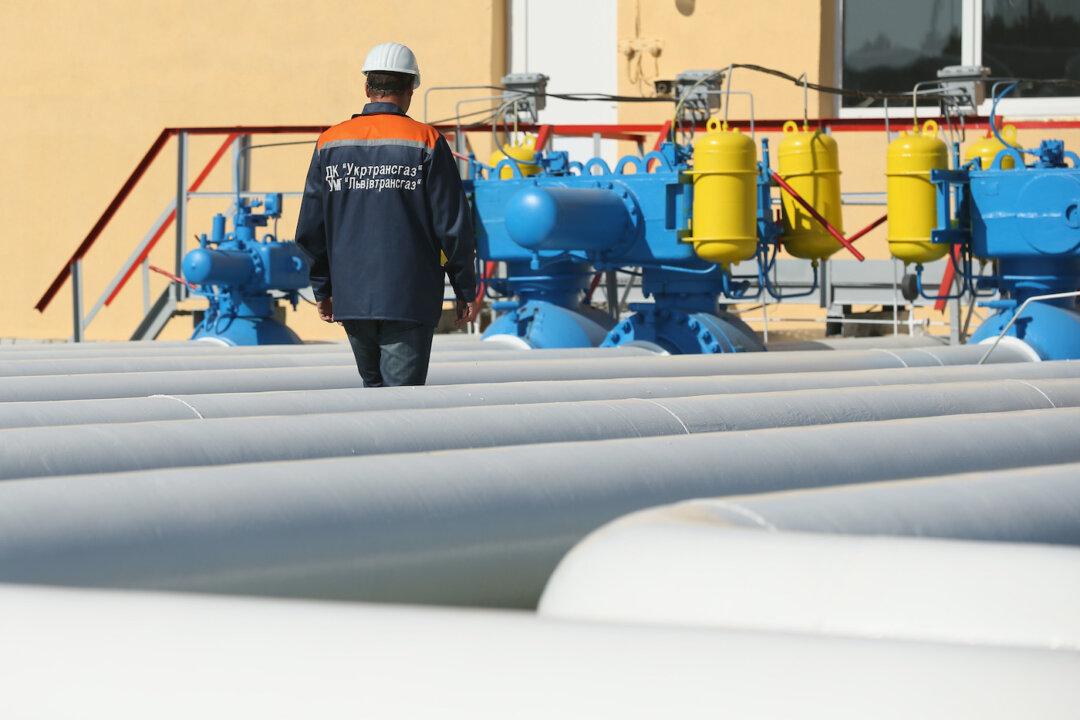Natural gas prices in Europe jumped after Ukraine’s state-owned pipelined operator cut the flow of Russian gas at the Sokhranivka entry point on the border between the Luhansk region of Donbas on May 11.
Ukraine’s Gas TSO announced the previous day, that due to the lack of physical control of its pipeline in Russian-controlled areas of Eastern Ukraine, it was unable to carry out the fulfillment of its contracts, and would terminate deliveries to its clients in the West.





